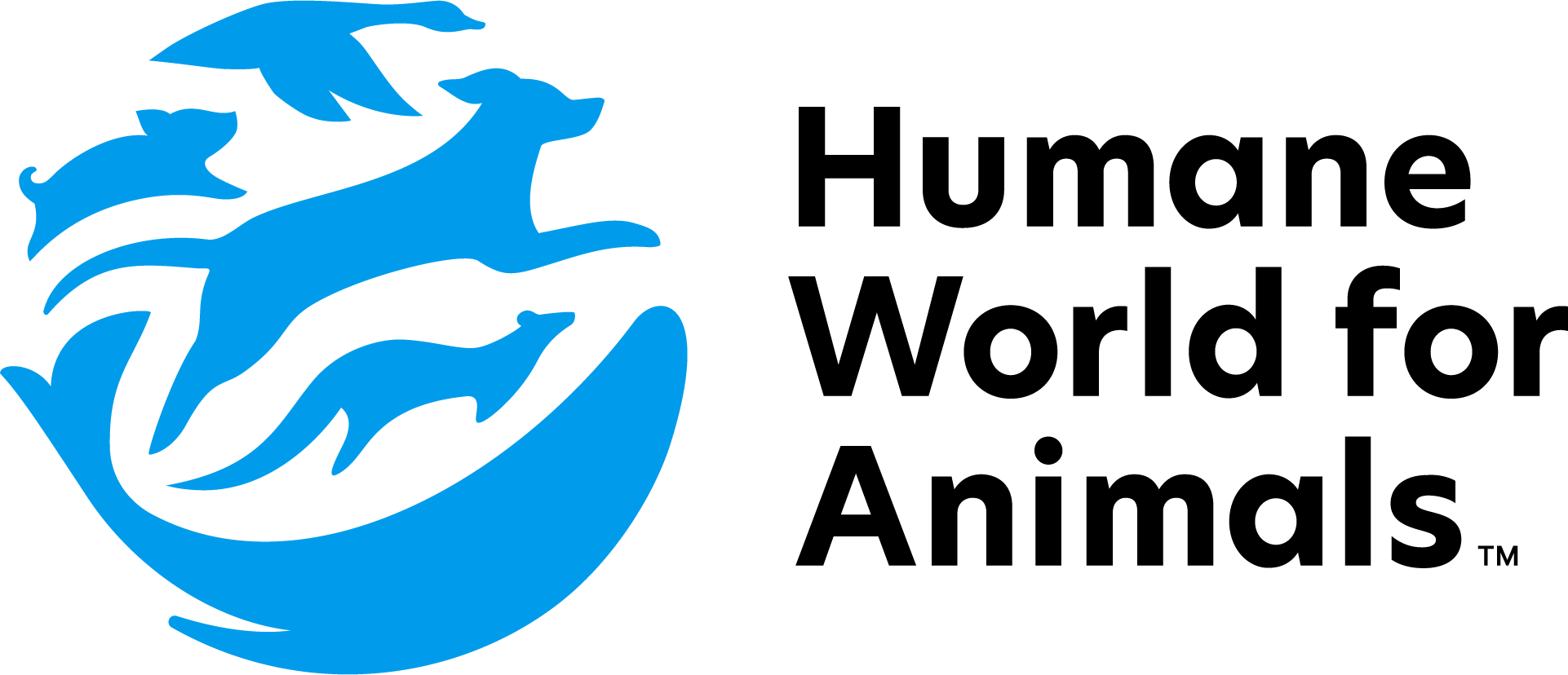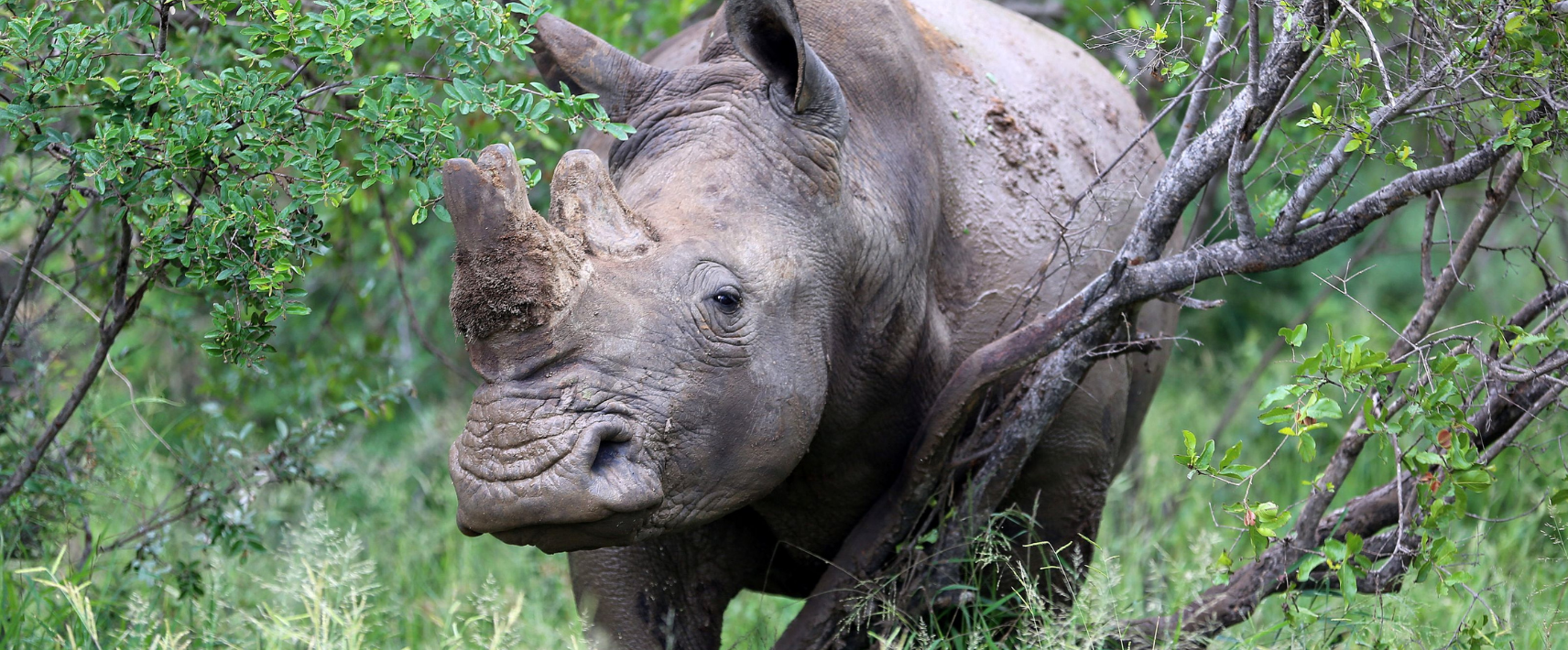One of the most important global meetings on wildlife trade has just wrapped up in Uzbekistan. It’s capital city Samarkand was where governments convened for the 20th Conference of the Parties (CoP20) to the Convention on International Trade in Endangered Species of Wild Fauna and Flora (CITES) to decide how international trade should be managed for some of the world’s most threatened...
Safeguarding a critical island habitat

The King Island Scrub Complex (KISC) is an Endangered ecological community that occurs primarily on King Island.
Photo credits: Arthur Heynemann
On an offshore island in the Bass Strait between Victoria and Tasmania, an ecological community forms a haven for endemic bird subspecies.
The King Island Scrub Complex (KISC) is an Endangered ecological community that occurs primarily on King Island. The complex typically occurs on acidic sandy soils with three characteristic structural and compositional forms.
Varied forms
The sedgleland form of the KISC is dominated by cords, rushes, lilies, sedges, grasses and shrubs like necklace she-oak, manuka tea-tree and pink swamp heath with ferns, bladderworts, mitreworts and even orchids covering the ground. Comparatively, the heathland features similar tree and shrub species ranging 2–4m and heath species of Fabaceae and Ericaceae. Lastly, the scrub reaches 15–20m with a closed canopy of sclerophyllous shrubs and heaths, including manuka tea-tree and scented paperbark, with sub-dominant species like sallow wattle, prickly Moses, necklace she-oak, silver banksia, and swamp paperbark, and a sparse ground layer.
Diverse habitat
With its varied forms and richness of plant species, the KISC provides attractive nectar and habitat for bat and marsupial species such as lesser long-eared bats, Gould’s wattled bats, swamp antechinus, Eastern pygmy possums, Bennett’s wallabies, long-nosed potoroos and Tasmanian pademelons. The KISC also supports snakes, skinks, frogs,
and invertebrates.
KISC remnants are essential refuges for threatened endemic island bird subspecies such as Critically Endangered King Island brown thornbills, scrubtits, black currawongs and Endangered yellow wattlebirds and green rosellas. The community also offers essential breeding and foraging habitat for fantailed cuckoos, shining bronze cuckoos, King Island superb fairy-wrens and honeyeater species, while its understory supports ground-nesting painted button-quails and Bassian thrushes.
Threats
Since European colonisation, the KISC has experienced substantial decline (48–60%) due to land clearing. Other ongoing threats include climate change, altered fire regimes and hydrological changes. The remaining fragments of KISC are often isolated, fragmented and small, increasing vulnerability to invasion and degradation by invasive plants and animals.
Conservation actions
In September 2024, the King Island Scrub Complex was classified Endangered under the national environment law. Conserving the KISC involves sustainable management of agricultural and private land. As well as wildlife habitat, the KISC can provide ecosystem services such as carbon retention and shelter breaks for livestock and pastures, and with the assistance of farmers, remnant patches of the KISC are being maintained. Expanding and eventually reconnecting isolated areas of the KISC to nearby vegetation communities will also be essential to ensure the long term survival of threatened bird subspecies on King Island.
Humane World for Animals
Two Wildlife Land Trust member-owned sanctuaries help protect patches of the King Island Scrub Complex. Both sanctuaries are safeguarded by a conservation covenant with the Tasmanian government, ensuring the long-term preservation of the community on these properties.


